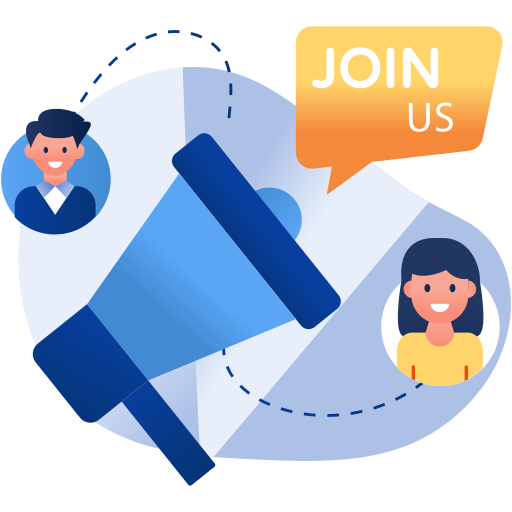Characteristics of the Mothers on Stunting Toddlers 12-36 Months West Bandung Regency, Indonesia
Abstract
Objective: To determine the characteristics of respondents with stunted toddlers aged 12-36 months in the Batujajar and Cihampelas districts of West Bandung District.
Methods: A case-control study with a pretest-posttest design was conducted from May to August 2022 in West Bandung Regency, Indonesia. The study included 124 mothers with stunted toddlers, who were divided into two groups - control and treatment - with 62 toddlers each, using simple random sampling.
Result: The majority of children under the age of five in this study were female. In the case group, the majority of mothers were in the 20-29 age range (40.3%), while in the control group, the majority were in the 30-39 age range (38.7%). Most mothers in both the control and case groups had a high school education (41.8%). The majority of participating mothers were housewives (85.5%). Childcare was primarily provided by mothers, and most of the resource persons were also mothers.
Conclusion: Based on the characteristics observed in this study, the majority of children under the age of five were female in both the case and treatment groups. Most mothers in both groups had a high school education, and the majority of participating mothers were housewives. Childcare was primarily handled by mothers, and most of the resource persons were also mothers.
Keywords
Full Text:
PDFReferences
- WHO. Nutrition Landscape Information System (NLiS) country profile indicators: interpretation guide. 2nd ed. Geneva: World Health Organization; 2019
- Claudia R, Subandoro A, Gallagher P. Aiming High. Indonesia’s ambition to reduce stunting. Washington DC: World Bank; 2018. p. 5–24. Available from: https://documents.worldbank.org/pt/publication/documents-reports/documentdetail/913341532704260864/main-report.
- Probosiwi H, Huriyati E, Ismail D. Stunting dan perkembangan anak usia 12-60 bulan di Kalasan. Ber Kedokt Masy. 2017;33(11):559.
- Trisnawati E, Alamsyah D, Kurniawati A. Faktor yang mempengaruhi perkembangan motorik pada anak stunting usia 3-5 Tahun (studi kasus di wilayah kerja Puskesmas Kedukul Kabupaten Sanggau). J Mhs Penelit Kesehat. 2018;5(1):1–9.
- Kurnia Purwandini MIK. Pengaruh pemberian micronutrient sprinkle terhadap perkembangan motorik anak stunting usia 12-36 Bulan. J Nutr Coll. 2013;2(1):50–9.
- Gosdin L, Martorell R, Bartolini RM, Mehta R, Srikantiah S, Young MF. The co-occurrence of anaemia and stunting in young children. Matern Child Nutr. 2018;14(3):1–10.
- Wulandari Y, Arianti M. Faktor-faktor yang berhubungan dengan kejadian stunting pada balita. J Keperawatan Bunda Delima. 2023;5(1):46–51.
- Song Y, Agardh A, Ma J, Li L, Lei Y, Stafford RS, et al. National trends in stunting, thinness and overweight among Chinese school-aged children, 1985–2014. Int J Obes. 2019;43(2):402–11.
- Amelia F. Hubungan Pekerjaan ibu, jenis kelamin, dan pemberian asi eklusif terhadap kejadian stunting pada balita 6-59 bulan di Bangka Selatan. J Kesehat Poltekkes Kemenkes Ri Pangkalpinang. 2020;8(1):1.
- Rahmawati UH, S, LA; Rasni H. Hubungan pelaksanaan peran keluarga dengan kejadian stunting pada balita di Kecamatan Arjasa, Jember. Pustaka Kesehatan. 2019;7(2):112–9.
- Beal T, Le DT, Trinh TH, Burra DD, Huynh T, Duong TT, et al. Child stunting is associated with child, maternal, and environmental factors in Vietnam. Matern Child Nutr. 2019;15(4) e12826.
- Khairani N, Effendi SU. Family characteristics as risk factors of stunting among children age 12-59 month. J Aisyah J Ilmu Kesehat. 2019;4(2):119–30.
- Harefa EM. Hubungan sosial ekonomi dan karakteristik ibu dengan kejadian stunting pada anak balita. J Ilm PANNMED (Pharmacist, Anal Nurse, Nutr Midwivery, Environ Dent. 2021;16(1):235–42.
- Pertiwi MR, Lestari P, Ulfiana E. Relationship between parenting style and perceived information sources with stunting among children. Int J Nurs Heal Serv. 2019;2(4):273.
DOI: https://doi.org/10.15850/ijihs.v12.n1.3578
Article Metrics
Abstract view : 476 timesPDF - 221 times
This Journal indexed by

IJIHS is licensed under a Creative Commons Attribution-NonCommercial 4.0 International License
View My Stats





